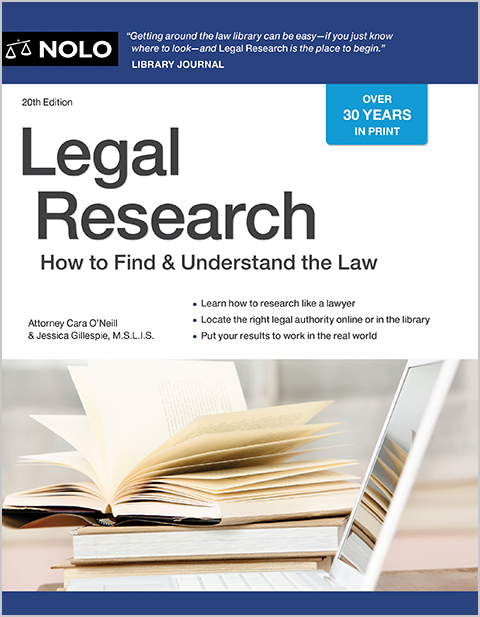Learn about the crimes of disorderly conduct, public intoxication, and disturbing the peace, and the possible punishment that goes with them.
Disorderly conduct (also called "disturbing the peace") is a crime that usually involves some kind of offensive or disruptive public activity. Criminal statutes in some states include public intoxication as one kind of behavior that can be considered disorderly conduct. In other states, public intoxication is a separate criminal offense, while in still other jurisdictions the criminal codes might include a crime called "drunk and disorderly" conduct.
This article discusses disorderly conduct and public intoxication crimes, whatever they might be called where you live.
What Is Disorderly Conduct?
Disorderly conduct laws allow police officers to arrest people whose public behavior is disruptive or offensive or whose actions interfere with other people's enjoyment of public spaces—often because of the offender's use of alcohol or drugs. But remember that in many states, a criminal charge of disorderly conduct does not require the offender's use of alcohol. Any kind of disruptive conduct—including loitering, fighting, being unreasonably noisy, and otherwise disturbing the peace—can fall under the definition of disorderly conduct depending on how the crime is defined in the state's criminal statutes.
Disorderly Conduct State Law Example: California
To get an idea of some of the kind of behavior that might be covered under disorderly conduct statutes, check out this excerpt from California's Penal Code (Section 647):
647. Every person who commits any of the following acts is guilty of disorderly conduct, a misdemeanor:
(a) Who solicits anyone to engage in or who engages in lewd or dissolute conduct in any public place or in any place open to the public or exposed to public view.
(b) Who solicits or who agrees to engage in or who engages in any act of prostitution....
(c) Who accosts other persons in any public place or in any place open to the public for the purpose of begging or soliciting alms.
(d) Who loiters in or about any toilet open to the public for the purpose of engaging in or soliciting any lewd or lascivious or any unlawful act.
(e) Who lodges in any building, structure, vehicle, or place, whether public or private, without the permission of the owner or person entitled to the possession or in control of it.
(f) Who is found in any public place under the influence of intoxicating liquor, any drug, controlled substance, toluene, or any combination of [these], in a condition that they are unable to exercise care for their own safety or the safety of others, or by reason of being under the influence of intoxicating liquor, any drug, controlled substance, toluene, or any combination of [these], interferes with or obstructs or prevents the free use of any street, sidewalk, or other public way.
Most (but not all) states have laws that make it a crime to be intoxicated in public (whether due to alcohol consumption, drug use, or both), although some state laws require some kind of accompanying disruptive public behavior (similar to disorderly conduct) or danger to one's self or another. In states where no specific public intoxication law exists on the books, law enforcement officers may have the discretion to detain people who are intoxicated at a debilitating level and let them sleep it off in a local jail cell.
Purpose. Public intoxication laws are meant to protect the safety of someone who is intoxicated, and more generally protect society's interest in the unobstructed and safe use of sidewalks, parks, shopping malls, restaurants, and virtually any space outside one's home that is open to the public.
Public Intoxication State Law Examples
States that have public intoxication laws generally impose fine-only and low-level misdemeanor penalties. Here are some examples.
In Texas, the law makes it a class C misdemeanor to be in public and intoxicated to the degree that one could harm oneself or another. Class C misdemeanors are fine-only offenses punishable by up to $500. (Tex. Penal Code § 49.02 (2021).)
Pennsylvania makes it a summary (fine-only) offense to be publically intoxicated to the degree that the person may endanger persons or property or annoy others in the vicinity. A person faces up to a $500 fine for a first offense and $1,000 for any subsequent offenses. (18 Pa. Cons. Stat. § 5505 (2021).)
Indiana has a similar law but it requires that the person be a danger to him or herself or another, breach the peace (or be really close to doing so), or harass or annoy another person. Public intoxication is a class B misdemeanor, punishable by up to 180 days in jail, and a $1,000 dollar fine. (Ind. Code § 7.1-5-1-3 (2021).)
Punishment for Disorderly Conduct and Public Intoxication
In most states, disorderly conduct and public intoxication are considered misdemeanors and are punishable by fines, alcohol education programs, community service, probation, and jail sentencing of less than one year of incarceration—although any jail sentence that's handed down is usually much shorter, and in many cases, incarceration can be avoided altogether. To learn more about punishments and sentences in criminal cases, check out Nolo's Criminal Sentencing FAQ.
Learn More and Get Help
For everything you've ever wanted to know about the criminal justice system—from searches to sentencing—get The Criminal Law Handbook, by Paul Bergman and Sara Berman (Nolo). And, if you need more personal help after an arrest or other run-in with the criminal justice system, use Nolo's trusted Lawyer Directory to find an experienced criminal law attorney near you.

